Bonding of 3D printed components
Bonding 3D printed components is a beneficial joining method that improves various aspects of manufacturing and design. Bonding distributes loads evenly across the joint surface, reducing stress peaks at the joints and maintaining material strength. Bonding also makes it possible to join components with complex geometries that would otherwise be difficult to join. Bonding also allows the production of very large or multi-coloured components that exceed the installation space limits of the production machines.
Why glue components from 3D printing?
The bonding of additively manufactured components offers many advantages over conventional joining methods. It enables even load distribution, maintains the original material thickness and allows parts with complex geometries to be joined. The even load distribution reduces stress peaks occurring at the joints and thus enables the best possible utilisation of the material strength as well as high static and dynamic loads.
For additively manufactured components that are too large for the installation space of the production machine, very large components can also be produced by subsequent joining and surface bonding, e.g. trade fair and demonstrator models. Parts with different coloured components can be produced in components, coloured and then joined with adhesive. Components that are too delicate to be screwed together can simply be joined with an adhesive bond.
Please ask for a personalised offer for your individual project >
Best results with the right adhesive for every material
The adhesive enters into a complex interaction with the surfaces to be bonded at an atomic level. These transferred forces of the adhesive bond depend heavily on the respective material and the suitable adhesive.
The appropriate adhesives should be used depending on the composition, type and physical surface properties of the materials. We will be happy to support you with our many years of experience in this field.
Bonding of additively manufactured plastics
In general, the surfaces of additively manufactured components are well suited for bonding. Components manufactured using the selective laser sintering (SLS) process in particular have a rough, slightly porous surface, which favours good adhesion of the adhesive to the component. Very smooth surfaces, e.g. from the stereolithography or polyjet process, may need to be roughened before bonding. In any case, it is important that the bonding surfaces are free of dust and grease.
Polyamide (PA)
Polyamide plastics are a widespread group of materials used in the SLS process. These include, for example, the plastics PA6, PA11 and PA12 available on the PROTIQ Marketplace.
Polyamides are polar plastics and are highly resistant to chemicals. This also applies to many solvents that contribute to the strength of common adhesives, meaning that these adhesives cannot be used. As a result, polyamides are not considered easy to bond. However, there is a range of suitable products:
- One option is the solvent adhesive methanoic acid (formic acid). The concentrated formic acid is applied to both cleaned and degreased component surfaces, dissolving the polyamide. The dissolved surfaces are then joined so that the soft plastic partially mixes together.
- Two-component adhesives based on acrylate or epoxy resin (2K) are used for particularly strong bonds. The aim here is to create an adhesive bond that is stronger than the plastic itself. This ensures that the maximum strength of the plastic is utilised and the component can be designed accordingly.
- Possible alternatives for single-component adhesives include cyanoacrylate adhesives, UV adhesives and some epoxy resin or structural acrylate adhesives. At PROTIQ, we use industrial cyanoacrylate instant adhesives to bond your PA components. This creates strong, rigid bonds. The bonded joint is very thin when dry and does not apply any additional material.
Polypropylene
PP is a widely used plastic that is utilised in many industries and applications. In 3D printing, polypropylene is processed using the SLS process. The plastic is non-polar and extremely chemically resistant. Due to its repellent surface properties, bonding PP can be a challenge.
PP is generally considered to be very difficult to bond and paint. However, it is still possible to bond these plastics using special PP and PE adhesives. These are often 2-component adhesives. However, the component surface may need to be pre-treated with a special plasma treatment to palarise it.
Due to the poor suitability, PROTIQ does not offer the bonding of PP components as standard. We recommend using a clamp or screw connection as an alternative.
Thermoplastic polyurethane
TPU is a flexible plastic that is also processed using the SLS method. Due to its relatively low Shore hardness and high elongation, the plastic is used for a variety of applications, e.g. shoe soles or in the automotive industry. TPU is generally easy to bond, but care should be taken to ensure that the surface is clean and free of grease. PROTIQ uses industrial cyanoacrylate instant adhesive for this purpose. However, when bonding thin, elastic component areas, an equally elastic adhesive is recommended.
This causes the bonded area to deform in the same way as the surrounding plastic. This ensures that no stress peaks occur at the edges of the bonded joint and that the force can be transferred over a large area of the bonded surface.
Plastics from the stereolithography and polyjet process
The materials used in the SLA and polyjet process are light-curing synthetic resins. These resins, also known as photopolymers, are available on an acrylic, epoxy or vinyl basis. The cured components are well suited for bonding. However, the surfaces must be cleaned particularly well, as uncured synthetic resin from the printing process can prevent bonding. For very smooth surfaces, it is also advisable to roughen them with sandpaper, sandblasting or a special spray primer.
- Cyanacrylat-Klebstoffe: Diese Klebstoffe, auch bekannt als Sekundenkleber, sind sehr effektiv für das Kleben von SLA-Teilen. Sie härtet schnell aus, bietet eine starke Verbindung und kommen ebenfalls bei PROTIQ zum Einsatz.
- Epoxidharz-Klebstoffe: Diese Klebstoffe sind sehr stark und eignen sich gut für das Kleben von SLA-Teilen. Sie benötigen jedoch eine längere Aushärtezeit.
Bonding of additively manufactured metals
Metals can also be bonded. Bonding is particularly widespread in the automotive industry in the manufacture of vehicle bodies. In contrast to some plastics, metals are generally very easy to bond. However, the high loads that occur with metals must also be able to be supported by the bonded joint, which is why special high-performance adhesives are generally used here. Particularly in the case of additively manufactured components from the SLM process, the rough surface caused by the process ensures an excellent hold of the adhesive bond.
The bonding of metals offers several advantages over traditional joining methods such as welding, screwing or riveting:
- Weight saving: Adhesive joints are often lighter than mechanical joints.
- Invisible joints: Adhesive joints are often invisible, resulting in a cleaner appearance.
- Material mix: Bonding makes it possible to join different materials that are otherwise not weldable.
Due to the particular strength of the corresponding adhesive bond, two-component adhesives (2C) are primarily used when bonding metal components. In addition to the bonding of flat components, adhesives are also used to fix screws, the actual connecting element. This special screw adhesive hardens in the threads due to the absence of oxygen and prevents unintentional loosening of the screws due to vibration and dynamic operating stress.
Do you have any questions or would you like to find out more about our services? Do not hesitate to contact us. We look forward to providing you with a quotation for your customised project.
Note: AI-generated images are used on this page.
More News
Are your 3D files ready?
Just upload your data. All files are automatically checked and optimized for printing.
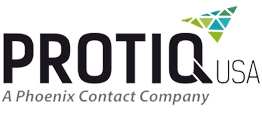


 Deutsch
Deutsch English
English Italiano
Italiano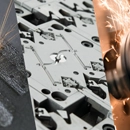
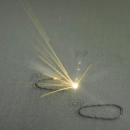

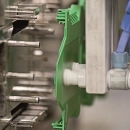

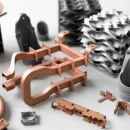
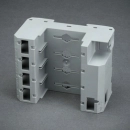
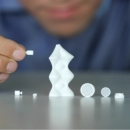
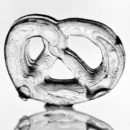
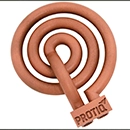
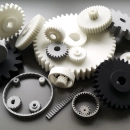
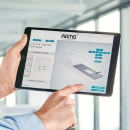
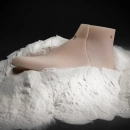
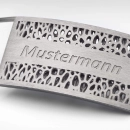
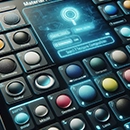
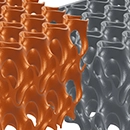

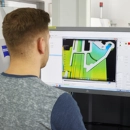
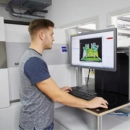
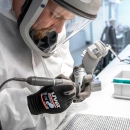
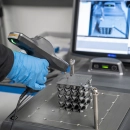
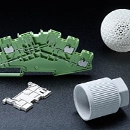
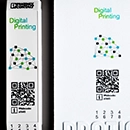
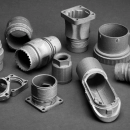
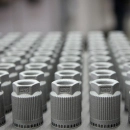
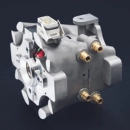

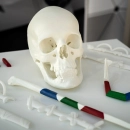

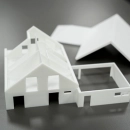
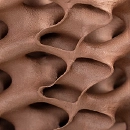
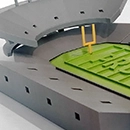

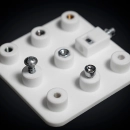
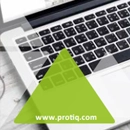
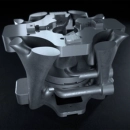
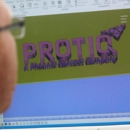

.jpg)






